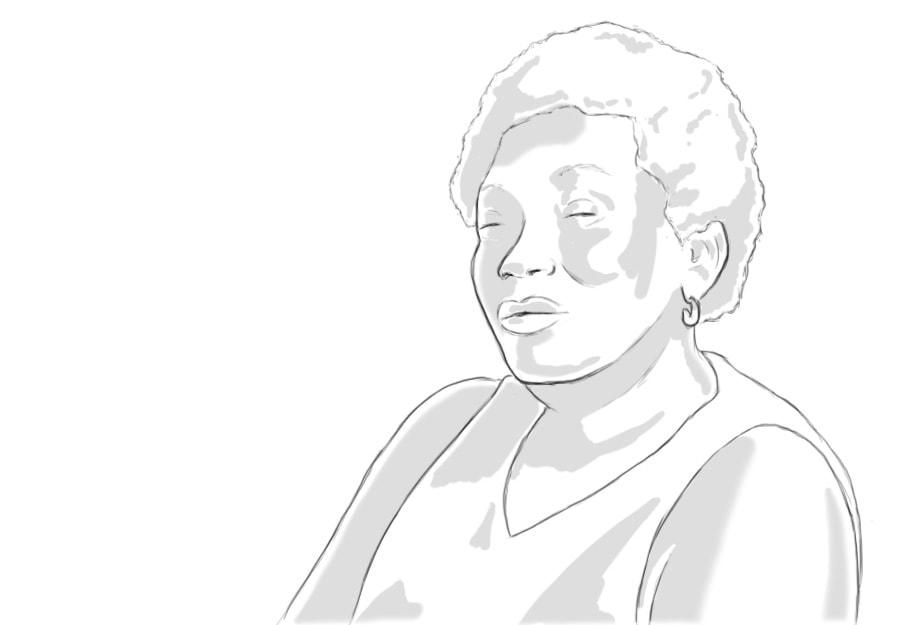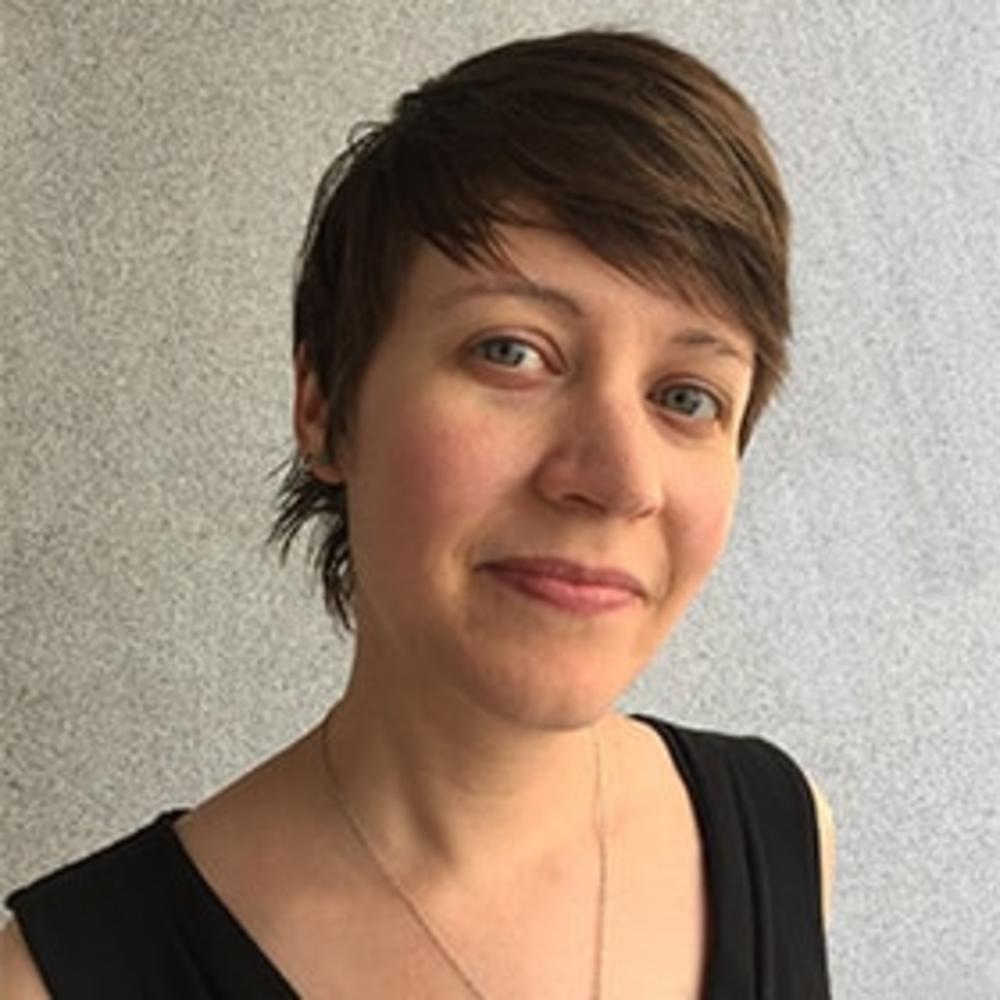
September 20, 2016
Why We Care About Web Accessibility

Last year, our team partnered with local accessibility experts to launch our Accessibility Initiative. With a goal of making our web platform as accessible as we could, our partners tested our platform based on the standards set by the Web Content Accessibility Guidelines WCAG 2.0 (Level AA) as the benchmark for truly accessible digital technology. Based on their thorough reports, we converted all our design themes to color palettes with higher visual contrast, and improved semantic HTML markup across our platform to make them more accessible for assistive technology. We’ve written about this initiative at length, and I’ve presented at conferences and webinars to encourage others to implement similar initiatives.
Today, I’m thrilled to announce that our accessibility initiative was awarded NASCIO’s State IT Recognition Award for Digital Government: Government to Citizen for 2016.
Our submission was pitted against other ambitious digital initiatives submitted by NASCIO member states and the District of Columbia. While it’s humbling to be recognized with this prestigious award for our work, the recognition is also a sign that nationally, leaders in state government are taking notice of the importance of accessible digital services.
According to the US Census Bureau, 8.7% of the Georgians under the age of 65 have some form of disability.* When we drill down to vision impairments alone, close to a million Georgians are impacted by vision loss. That number is only going to grow as the population ages. While it’s important for us to keep those citizens in mind as we build and design our services, it can be a challenge for those of us who don’t have a physical disability to truly understand how our choices impact others. “Users with disabilities” becomes an abstract idea rather than a real group of people in need of digital services.
I recently had the opportunity (honor, really) to spend a few minutes talking with an woman who is completely blind about some of her life experience. Her name is Annie, and she is a Quality Control Specialist on the Braille Production team at AMAC Accessibility Solutions at Georgia Tech. Prior to her work at AMAC, Annie was also the founder of the STARS program at Center for the Visually Impaired, and was its Director for several years.
Annie obtained her master’s degree in recreational therapy around the time early versions of accessibility tools such as screen readers were coming on the market — nearly 30 years ago. “A computer was so much better than a typewriter,” she told me. “The first time I ran a spell check on one of my essays, I couldn’t believe how many misspellings I had! Had I been turning in papers like that all this time? I wouldn’t accept that from my students,” she laughed. Annie explained that she would study with the “smart kids” in her classes so they could read the material to her, because it was often difficult to get her coursework in an accessible format in time to complete her assignments for class.
I really appreciated the insight. That brief glimpse into her world of determination and pushing past obstacles in order to learn made me realize just how much I take for granted in my day-to-day life.
Annie also gave us a glimpse of her current experience navigating websites. She is not part of the generations who grew up with computers. So while she uses websites, she struggles with the screen reader tool in the same way many sighted users from her generation struggle with browsing the web. Most websites aren’t making it any easier on her, either. Most websites she visits in search of information or services aren’t built to be accessible to a screen reader, so she gets frustrated. It can be particularly challenging when she doesn’t know which sites she can access and which she can’t until she visits them.
"When a website is not accessible to me, it frustrates me to the point that sometimes it makes me mad. I feel like I deserve the same information just as much as the next person."
When I talk about all the “selling points” of accessibility, I remind people about the broad audience they will be serving, and how accessible websites benefit them as site owners. High contrast is easier for sighted viewers looking at content on a mobile device in the sun, I point out. Semantic markup and alternate text for images make your website more search engine-friendly. Your page rankings will likely improve on Google search.
But really, I’m thinking about people like Annie.
In addition to full vision loss, we also need to consider people who are unable to use a mouse, for one reason or another, and must use their keyboard to navigate all services of a page. Increased color contrast, alerts that don’t just rely on color to communicate, and larger text can each make a world of difference for the thousands with vision impairments and color blindness who still rely on sight to access the web. The biggest thing I learned in this process was how many things we take for granted every day in our online experience, and how much of a difference even a small tweak can make for someone with a disability.
Currently, many digital services that the rest of us take for granted are completely inaccessible to Annie, and the thousands like her. When we are thoughtless about how we build our digital tools, thoughtless in a way that we exclude an entire subset of the population, we are robbing citizens of their ability to be self sufficient.
Annie deserves access to government information and services as much as anyone else. It’s our responsibility, as the ones managing the technology, to do what we can to make that possible.
*Estimate takes the US Census Bureau’s population of Georgia in 2015, and compares it to the percentages reported in a 2013 Special Report on Aging and Vision Loss.
